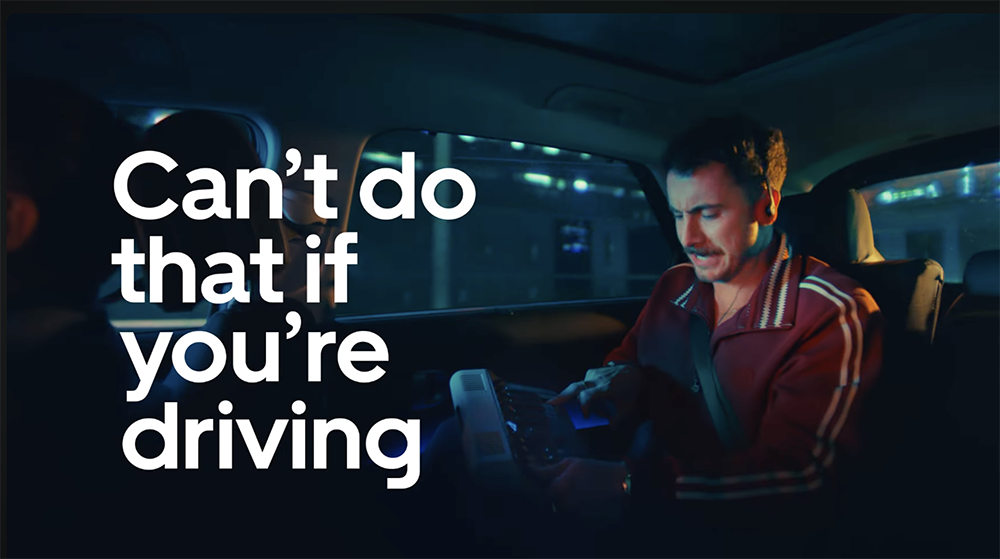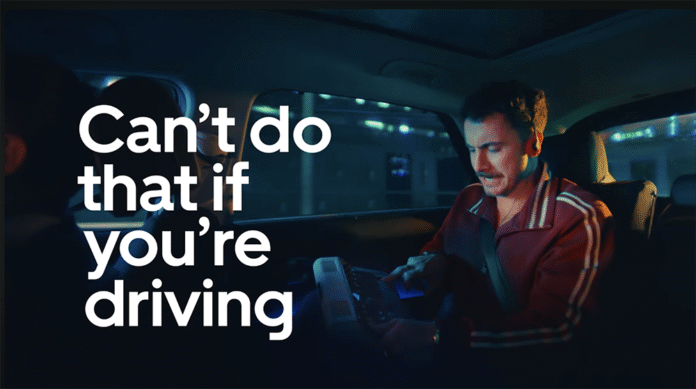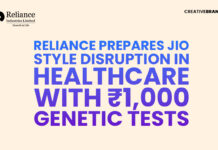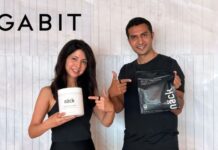
Uber isn’t merely advertising a ride — it’s trying to upend a mindset. Its latest brand platform in Australia and New Zealand, titled “Can’t Do That If You’re Driving”, is a direct, and distinctly cheeky, challenge to a culture that has long romanticised the steering wheel. Developed with creative agency Special, the campaign reframes the backseat not as a passive space but as a stage — a space of possibility, impulse and pleasure that is simply impossible if you’re the one driving. And in true Uber fashion, it does this not with earnest storytelling, but with a dose of high-energy pop spectacle, celebrity chemistry and behaviourally accurate humour.
The hero film drives that tone home immediately. Country-pop legend Shania Twain and rising Australian comedian-musician Tom Cardy are seen in the back of an Uber, co-writing and theatrically performing an original track mid-ride: the musical embodiment of liberated multitasking. They sing, laugh, riff and quite literally co-create in motion — a reminder that inspiration, conversation and even chaos are luxuries reserved for the passenger, not the driver. “Can’t do that if you’re driving,” the lyrics insist — not as a warning, but as an invitation.
Surrounding this centrepiece are shorter 15-second films that tap into ultra-recognisable modern behaviours: swiping through dating apps before a night out, answering emotionally loaded voice notes, squeezing in power naps between meetings, pre-gaming a life decision with a friend, mentally rehearsing difficult conversations, or even listening to a podcast you’d never admit to your partner. These aren’t aspirational moments — they’re hyper-relatable ones. Uber is spotlighting the rituals that already make the backseat a private, transitional universe for millions. It’s closer to anthropology than automotive advertising.
“‘Can’t do that if you’re driving’ celebrates all the joyful, playful moments that happen in the backseat,” said Nicole Bardsley, Head of Marketing for Uber Australia & New Zealand. “We are thrilled to unlock the potential of this new campaign platform and can’t wait to continue to build on it.” The ambition is clear — this isn’t a one-off execution, it’s an identity reset.
Creative leads Simon Gibson and Nils Eberhardt of Special articulate the provocation behind it. “For decades, pop culture has tried to convince us driving is a freeing experience. But when you stop to think about it, it’s just not true. You can do way more fun stuff in the back of an Uber than when you’re behind the wheel. We figured it was time someone pointed that out.” In one stroke, Uber is not just promoting ride-sharing — it is reframing agency. Freedom is no longer behind the wheel, but beyond it.
Dan Greenberg, Brand Manager at Uber Australia, captures the sonic strategy: “Pairing an international icon with a local Aussie comedian to create a backseat banger Aussies love has helped us develop something truly unique. Our campaign is playful, a little cheeky, and impossible not to sing along to. It’s a track that feels right at home in an Uber ride to the footy, night out, or just heading down to the pub.” The song isn’t just soundtrack — it’s behavioural locking. If Uber can make its ride feel emotionally and audibly predictable, it becomes an instinct, not a utility.
Uber’s broader brand evolution becomes clear here: its strongest competitive edge is not price or speed or fleet. It’s time. Time returned. Time re-appropriated. Time used rather than lost. And this platform crystallises that truth without ever once using the language of productivity or efficiency. Instead, it speaks the language of culture, of chaos, of pleasure.
In a market as car-loyal as Australia, that’s both strategic and subversive. And unmistakably, extremely fun.
Discover more from Creative Brands
Subscribe to get the latest posts sent to your email.







